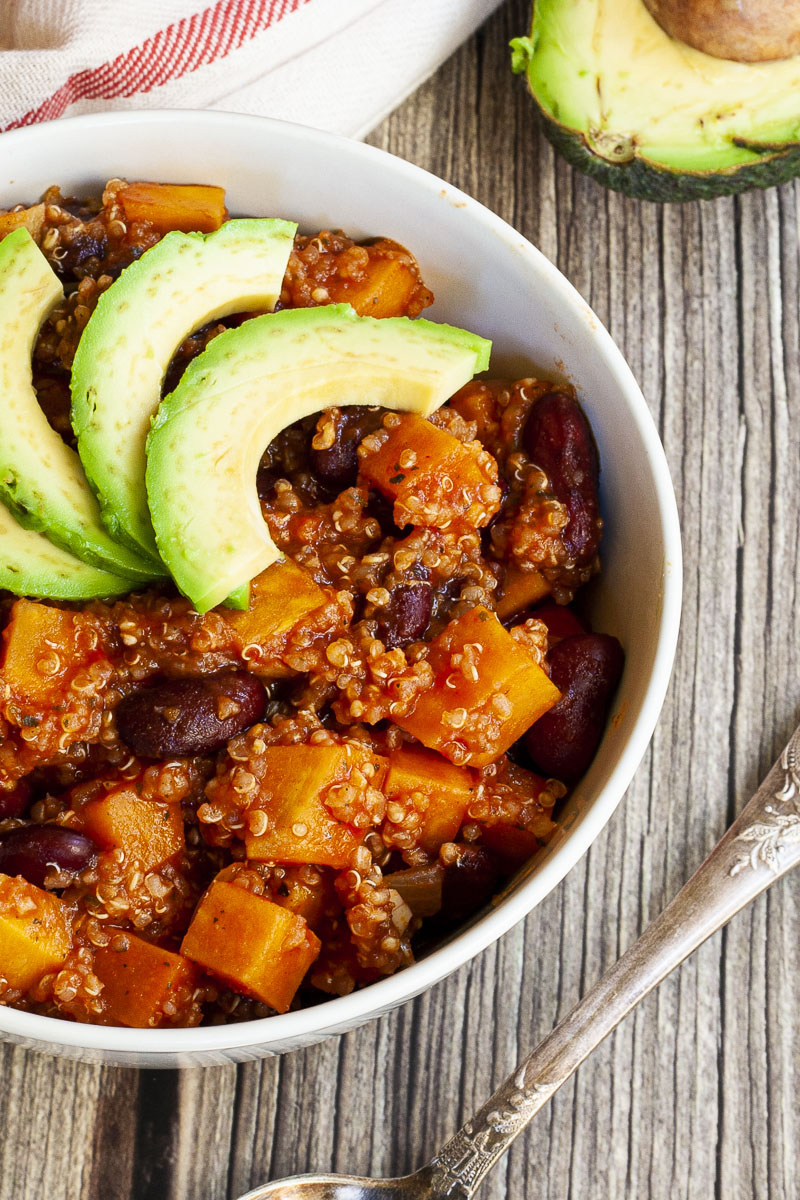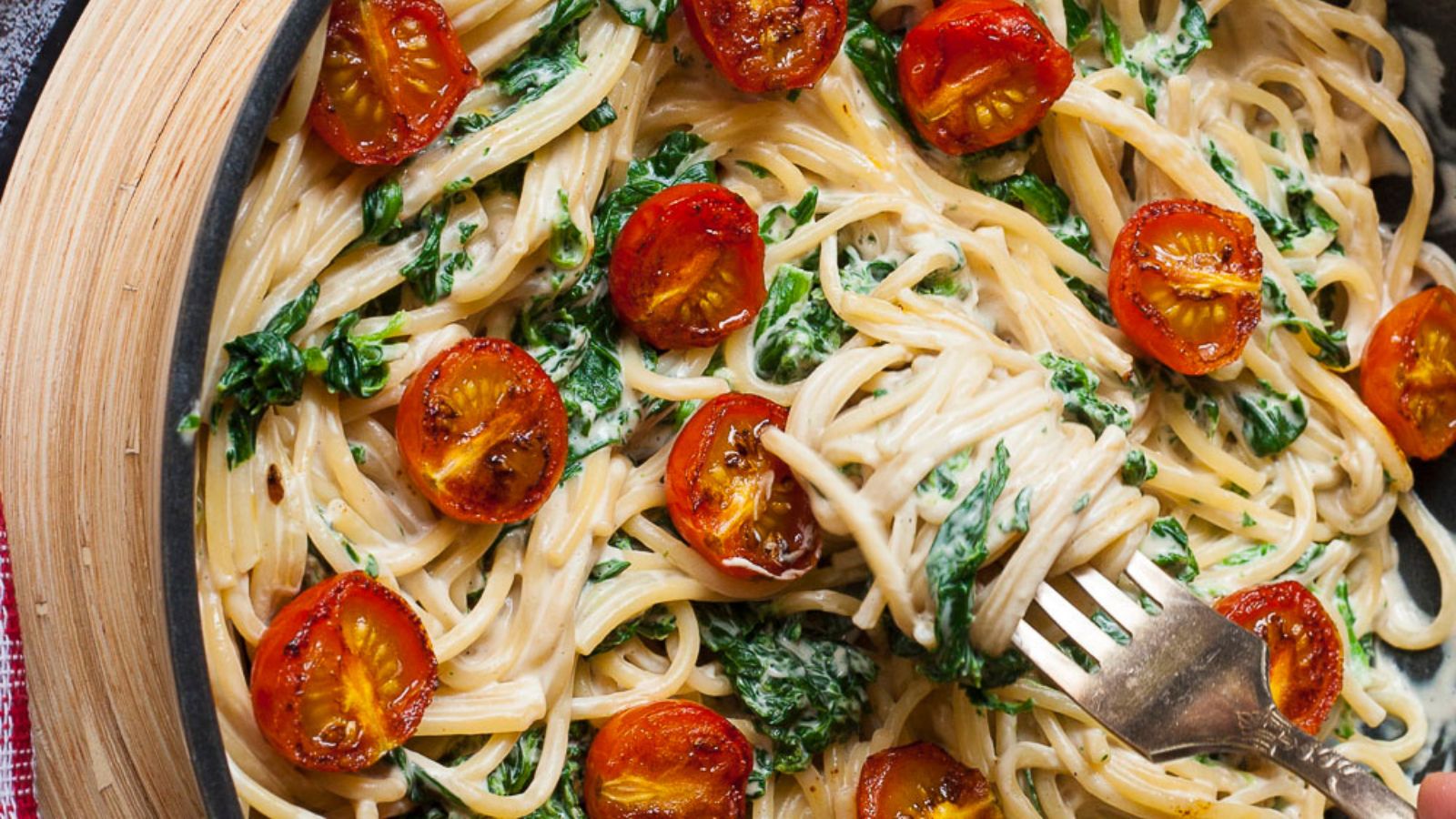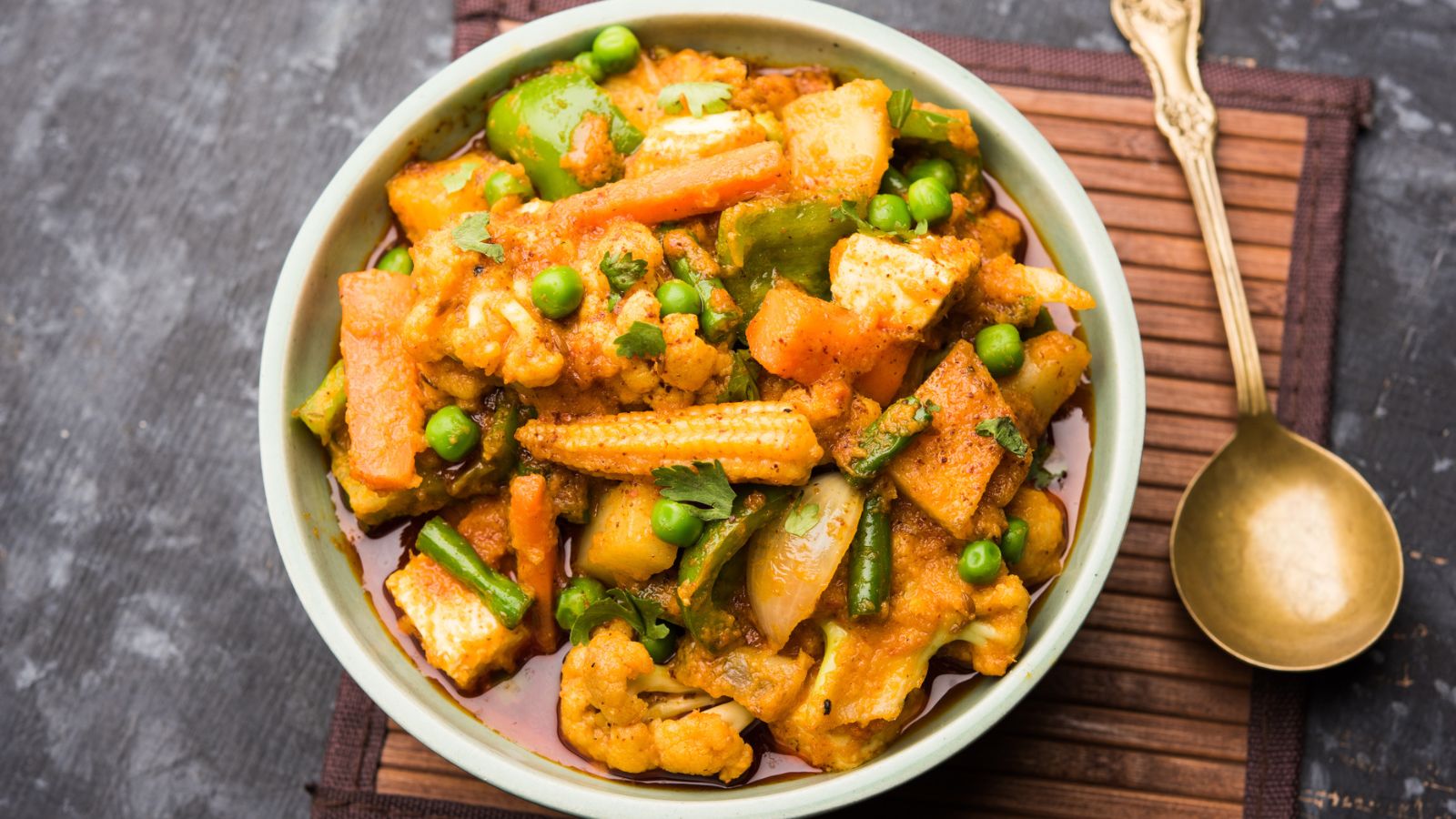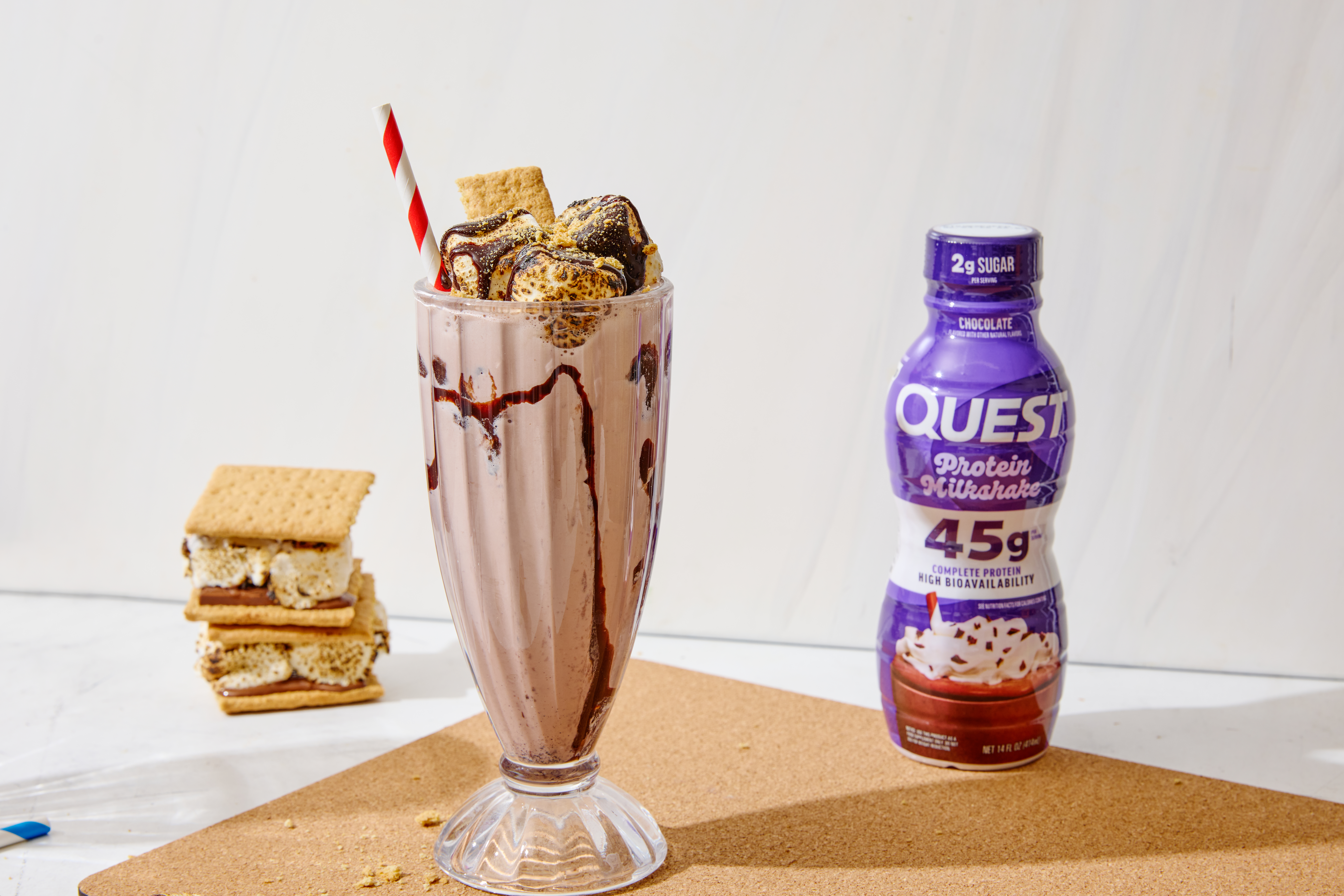15 Items You Should NEVER Add In Your Sandwiches
Let’s face it, we all love sandwiches, but sometimes we add things that we shouldn’t. It’s time to add a little creativity to your lunchtime routine! Here are 15 items you should never add in your sandwiches to make...
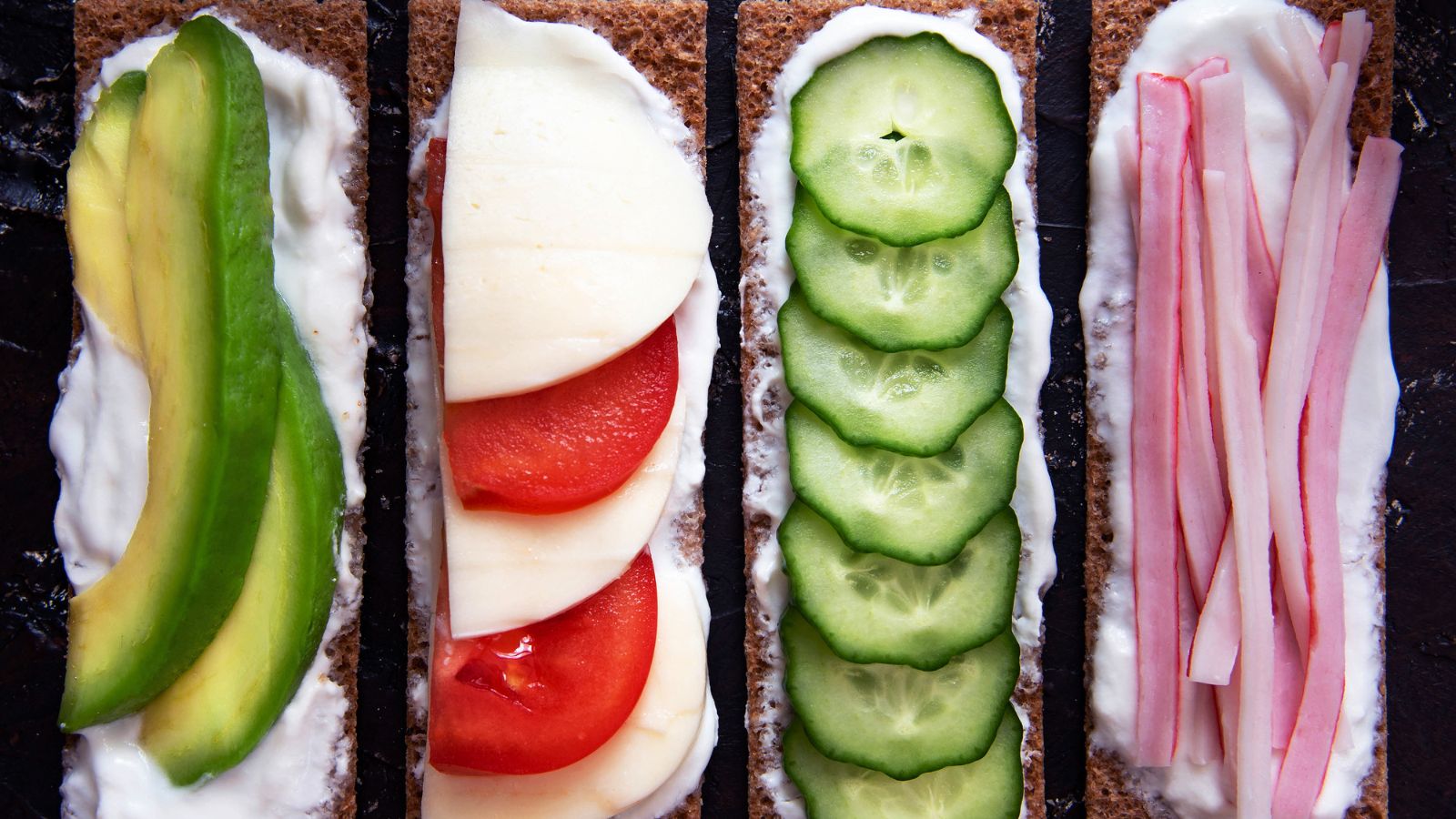
Let’s face it, we all love sandwiches, but sometimes we add things that we shouldn’t. It’s time to add a little creativity to your lunchtime routine! Here are 15 items you should never add in your sandwiches to make sure you have a healthy and delicious meal every day. Trust us, you won’t miss these ingredients, and your taste buds will thank you!
Unripe Tomatoes
 Image credit: Canva Pro.
Image credit: Canva Pro.Unripe tomatoes can ruin a sandwich with their hard texture and lack of flavor. They lack the juiciness and sweetness that ripe tomatoes contribute, making your sandwich taste bland and unappealing. Always opt for ripe, flavorful tomatoes to add moisture and a slight acidity that can elevate your sandwich.
Large, Raw Onion Rings
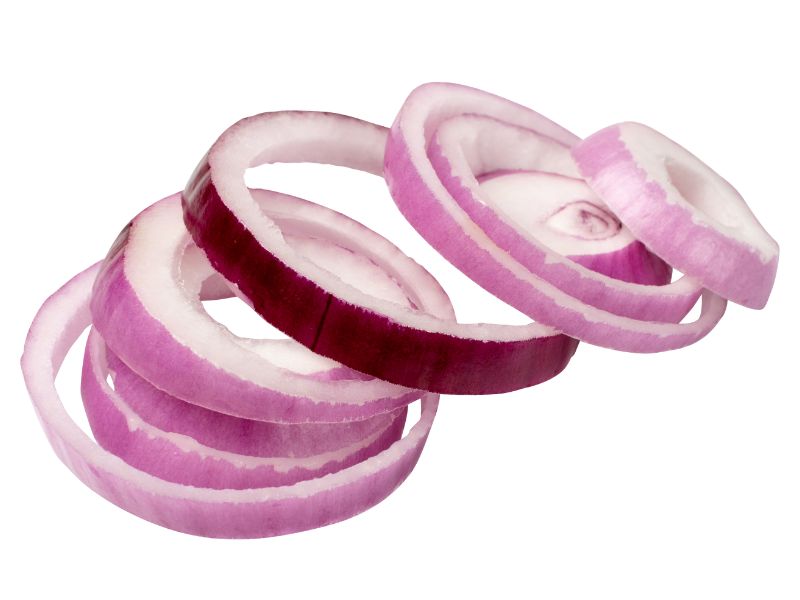 Image credit: Canva Pro.
Image credit: Canva Pro.While onions can add a sharp, tangy flavor to sandwiches, large, raw onion rings can overpower other ingredients with their pungency. They can also be difficult to bite through, potentially making your sandwich fall apart. Thinly sliced onions or caramelized onions are a better option for a more balanced flavor and easier eating.
Wet Lettuce
 Image credit: Canva Pro.
Image credit: Canva Pro.Wet lettuce not only makes your sandwich soggy but also dilutes the flavors of other ingredients. It’s crucial to dry your lettuce after washing it to maintain the crisp texture and ensure it adds a refreshing crunch rather than unwanted moisture to your sandwich.
Excessively Spicy Peppers
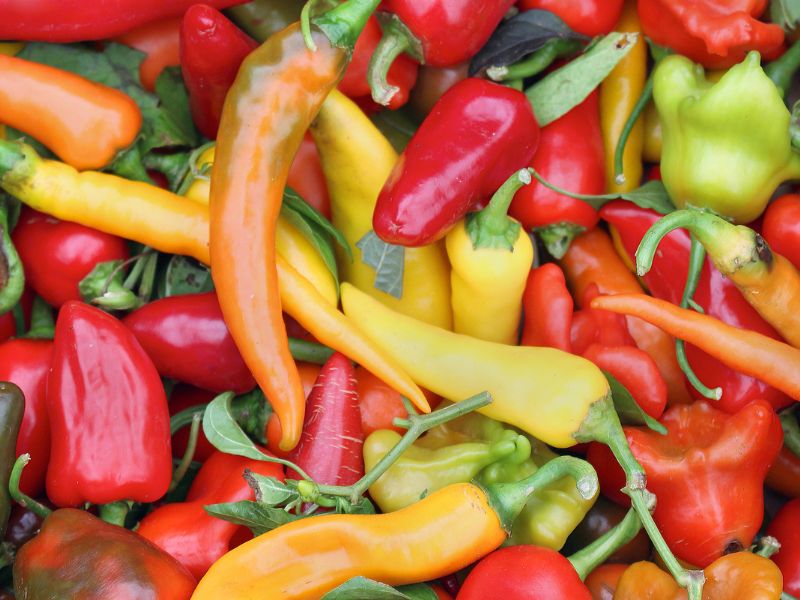 Image credit: Canva Pro.
Image credit: Canva Pro.Adding too many spicy peppers can overwhelm the palate, masking the flavors of other sandwich ingredients. While a little heat can enhance a sandwich, it’s important to use spicy elements judiciously so they complement rather than dominate the overall taste.
Thick Slices of Hard Cheeses
 Image credit: Canva Pro.
Image credit: Canva Pro.Thick slices of hard cheeses like Parmesan or aged cheddar can be difficult to bite through and may overpower the sandwich with their intense flavor. Grating the cheese or using thin slices ensures a more even distribution of flavor and a better texture.
Whole Hard-Boiled Eggs
 Image credit: Canva Pro.
Image credit: Canva Pro.Slicing hard-boiled eggs for a sandwich can lead to uneven bites, with some parts being too eggy. Mashing the eggs or slicing them thinly ensures a more uniform distribution and a smoother texture that integrates well with other ingredients.
Chunky, Raw Vegetables
 Image credit: Canva Pro.
Image credit: Canva Pro.Large chunks of raw vegetables like carrots or bell peppers can disrupt the bite and texture of a sandwich. They’re often too hard and can make it difficult to keep the sandwich together. Shredding or thinly slicing these vegetables can add crunch without compromising the sandwich’s integrity.
Excessively Oily Condiments
 Image credit: Canva Pro.
Image credit: Canva Pro.Using too much of oily condiments like certain aiolis or vinaigrettes can make the bread soggy and overpower the sandwich with oiliness. It’s best to apply such condiments sparingly and choose those that complement rather than overwhelm the sandwich’s flavors.
Overly Fishy Seafood
 Image credit: Canva Pro.
Image credit: Canva Pro.Strongly flavored or overly fishy seafood can dominate a sandwich, masking the flavors of other ingredients. Choosing fresh, mild-flavored seafood or balancing it with acidic components like lemon juice can prevent the fishiness from becoming overpowering.
Bulky Meat Cuts
 Image credit: Canva Pro.
Image credit: Canva Pro.Thick, bulky cuts of meat can make a sandwich hard to eat and disrupt the balance of flavors and textures. Opt for thinly sliced meats that are easier to bite through and allow for a harmonious blend of all the sandwich components.
Canned Vegetables
 Image credit: Canva Pro.
Image credit: Canva Pro.Canned vegetables often come with a mushy texture and a metallic taste that can detract from the freshness of a sandwich. Fresh or properly roasted vegetables provide better flavor and texture, enhancing the overall quality of the sandwich.
Heavy Sauces
 Image credit: Canva Pro.
Image credit: Canva Pro.Applying heavy sauces like thick gravies or cream-based sauces can cause the bread to become soggy and make the sandwich too rich. Lighter spreads or mustards can add moisture and flavor without overwhelming the other ingredients.
Stale Bread
 Image credit: Canva Pro.
Image credit: Canva Pro.Stale bread can ruin a sandwich by being too hard and dry, detracting from the enjoyment of the fresh fillings. Always use fresh, high-quality bread as the foundation for a great sandwich experience.
Raw Sprouts
 Image credit: Canva Pro.
Image credit: Canva Pro.While sprouts can add a nice crunch, they have been associated with food safety risks, including bacterial contamination. If you do use sprouts, ensure they are thoroughly washed or opt for other greens for safety and flavor.
Strong Blue Cheese
 Image credit: Canva Pro.
Image credit: Canva Pro.While flavorful, strong blue cheese can overpower a sandwich, masking the flavors of other ingredients. If using blue cheese, balance it with sweet or acidic components to temper its intensity and integrate it harmoniously into the sandwich.
14 Items You Should Never Order In a Chinese Restaurant
 Image credit: Depositphotos.
Image credit: Depositphotos.Items to never order in Chinese restaurant
Burger Lovers Beware! 15 Items You Should NEVER Put On Your Burger
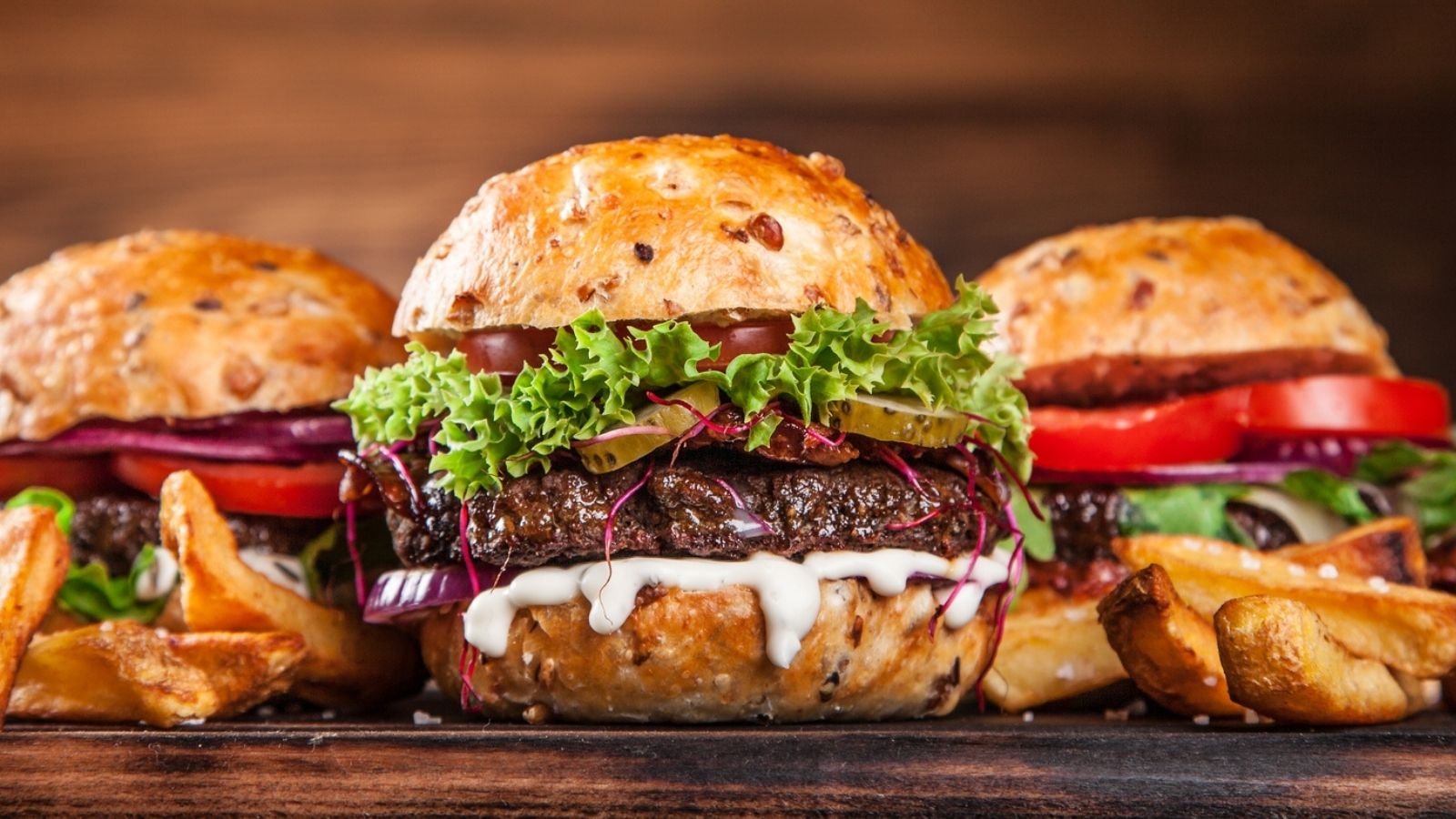 Image credit: Depositphotos.
Image credit: Depositphotos.never put these in your burger
22 No-Fail Potluck Dishes Everyone Will Want the Recipes For
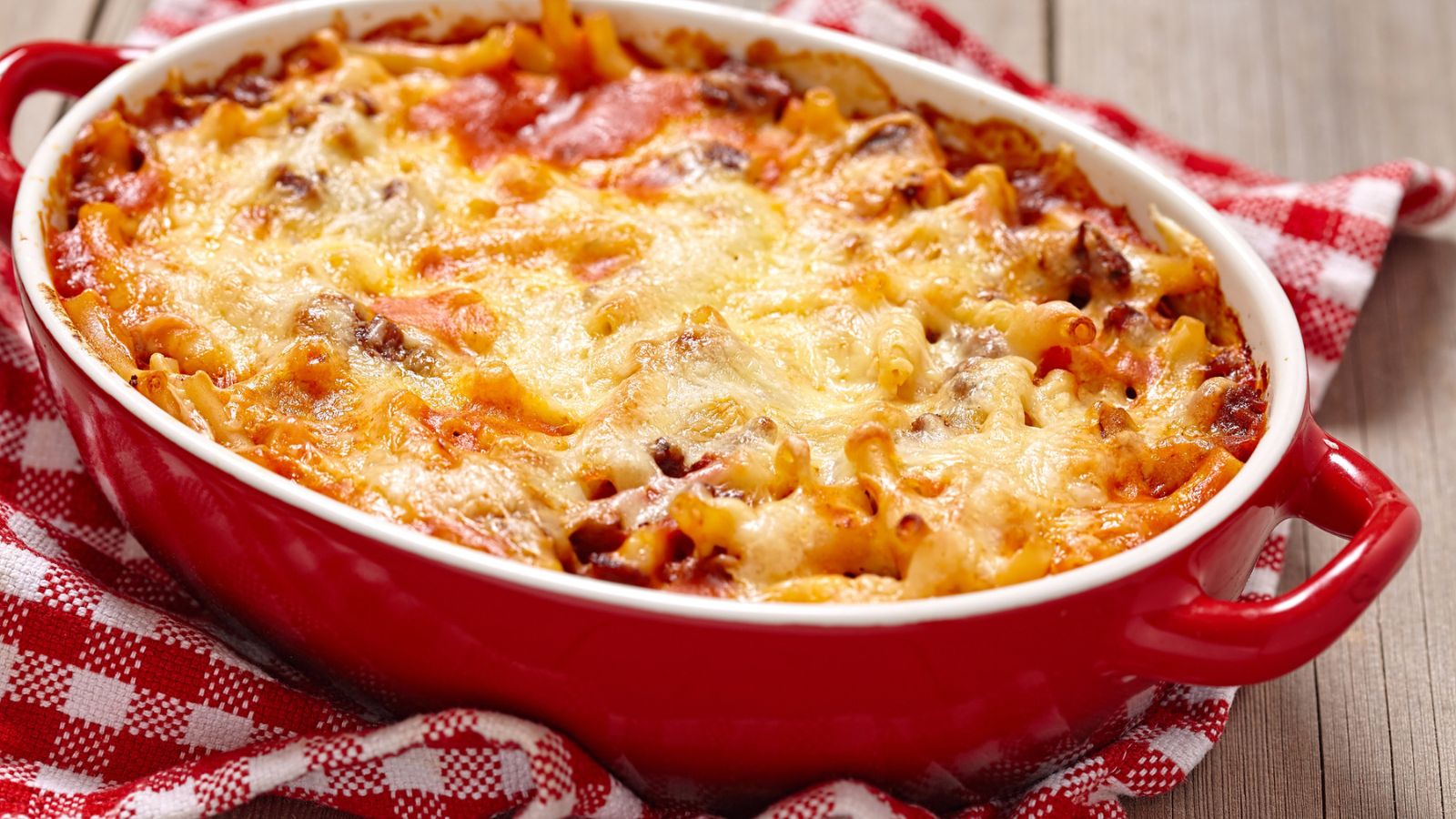 Image credit: Depositphotos.
Image credit: Depositphotos.16 Dishes You Should Never Order in a Restaurant
 Image credit: Depositphotos.
Image credit: Depositphotos.16 Foods That Nobody Can Afford Anymore
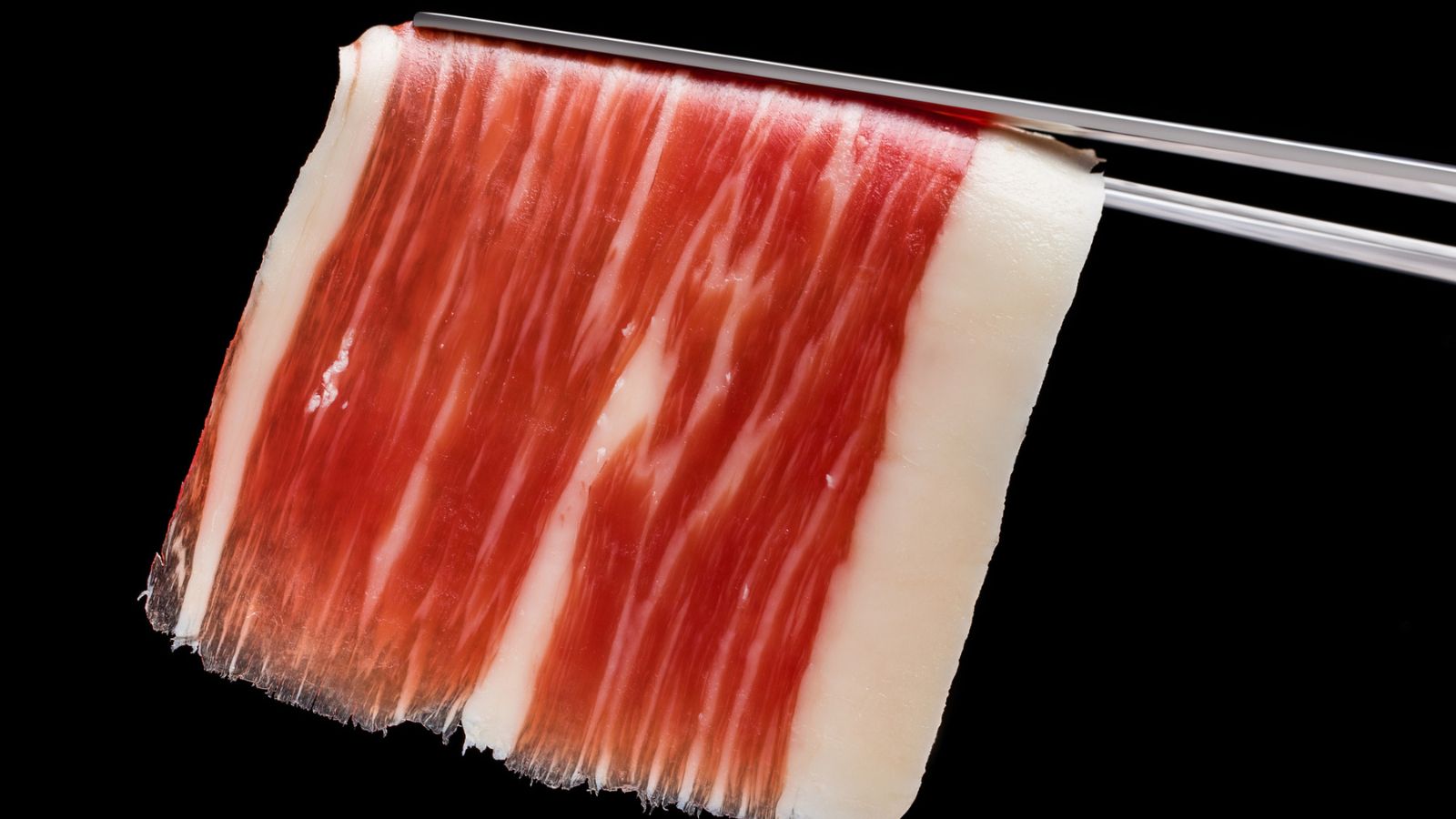 Image credit: Depositphotos.
Image credit: Depositphotos.
 JimMin
JimMin 









